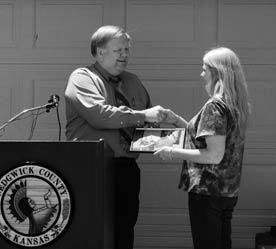A Giant Task
By late 2007, the challenge seemed clear. Three decades of community revitalization was being undone right before our eyes as waves of homeowners were foreclosed upon, building after building became vacant and blighted, and whole neighborhoods were made hollow.
The kind of destruction that came in the wake of the crisis in poor urban and rural communities was not new. What was new was the speed and scale of the problem. In the first few years, 2.5 million properties were foreclosed upon and nearly a million lay empty and for sale, with more than half a million waiting to assume those roles as well. With every succeeding quarter, new estimates of the scale of this crisis were reported. Some analysts now believe we’ll see over 8 million foreclosures begun and millions more homes lost by 2014.
In the face of these daunting numbers, housing counselors, community development corporations, affordable housing developers, and state and local governments around the country, especially in the hardest hit areas, rallied. In 2008 the task, while big, appeared straightforward: some of us would step in between the borrowers in trouble and their lenders to facilitate mortgage modifications. The rest would recover lost properties and rescue communities.
The federal government funded counseling agencies around the country to support the mortgage modification efforts. And as the vacancies continued to mount and hard-hit neighborhoods continued to struggle, the community development field was handed a check for nearly $4 billon in the form of NSP1. The field, which in many places around the country had successfully laid the foundation for market recovery in distressed neighborhoods before the wave of foreclosures hit, found itself with a mandate to undo, or at least stem, the crisis within 18 months.
The task was gargantuan: larger, more widespread, and more complex than many of us realized when we first began to mobilize our resources. HUD Secretary Shaun Donovan said when he addressed the Vacant Properties Conference in Cleveland on Oct. 15, that NSP’s $7 billion would recover 100,000 buildings. There have already been 2.5 million homes lost to foreclosure and millions more likely to be lost. If we are to make an impact, we will have to be far more efficient and strategic. Whether or not there will be another federal intervention of the scale of NSP, government, private philanthropy, and the advocates who help shape their programs have a lot to learn from it — both its challenges and the ways in which those challenges are being met.





Comments